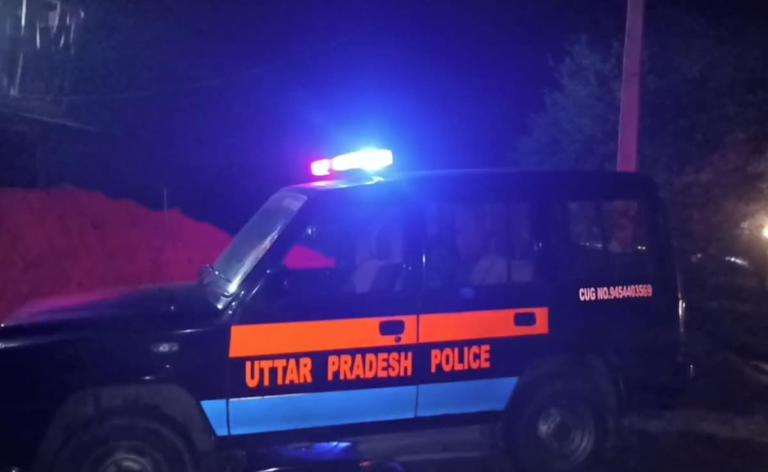
Authorities in Kerala on Friday confirmed that a sixth person has been infected with the fatal Nipah virus. The outbreak has brought back Covid-era curbs for the first time for any Indian district in more than 18 months, with parts of Kozhikode — the epicentre — being cordoned off as a containment zone. Businesses, schools and public places have been shut, and the only people visible are health workers in personal protective equipment (PPE) suits in a stark reminder of the year 2020. But it is more than just the spectacle of empty streets and hazmat suits: The fresh Nipah outbreak is an important reminder of looming challenges India, and the world, became acutely aware of three years ago.
Second, it underscores the challenge for the world to keep monitoring such threats. Nipah’s symptoms overlap in the early days with common influenza (fever, respiratory trouble), but with a fatality rate of 45-70%, it by no means is innocuous. Its later-stage symptoms resemble Japanese Encephalitis, another viral disease that involves the fatal swelling of the brain. Both these traits make it hard for disease surveillance mechanisms to detect signs in time. In this regard, Kerala — with experience of an outbreak in 2018 — has shown how critical surveillance is. It identified from the first couple of patients — including the index patient who died on August 30 — that this was a Nipah outbreak. In the days since, it has identified close to 1,000 people who may have caught the disease or passed it on. Identification and contact tracing are the pillars of shoe-leather epidemiology that can make the difference between nipping an outbreak in the bud, or letting it snowball to epidemic proportions. Not many Indian states have the capacity to do that.
Third, it brings back into view the lopsided priorities of global medical research and response. Nipah has largely been a disease of the Global South. In the over 25 years since the virus was first identified as a dangerous infectious pathogen, there has been little progress on test kits, therapeutics and vaccines for Nipah. The lack of progress — a consequence of inadequate medical research and funding — betrays a lack of understanding that a biological threat in one part of the world presents a risk to all parts of the globe. The current Nipah outbreak must, therefore, be reason for all to take notice: States, on how to improve disease surveillance; citizens, on how to recognise warning signs; and the pharma industry, which knows best the value of products that can stop pandemics.








